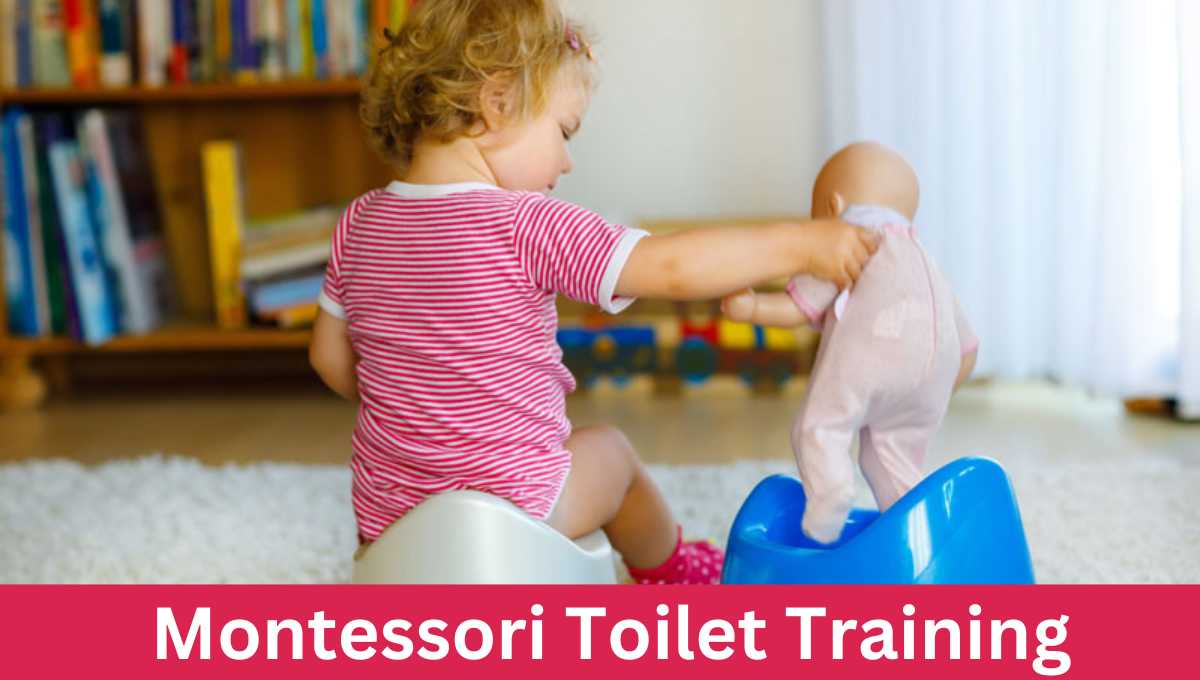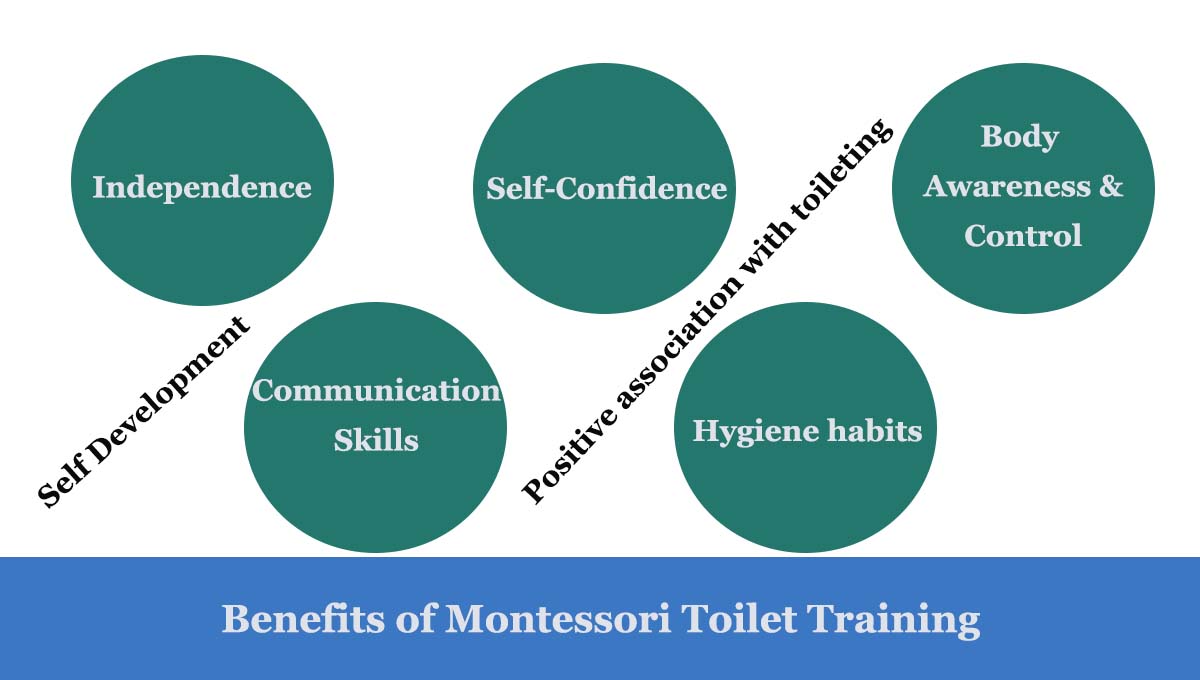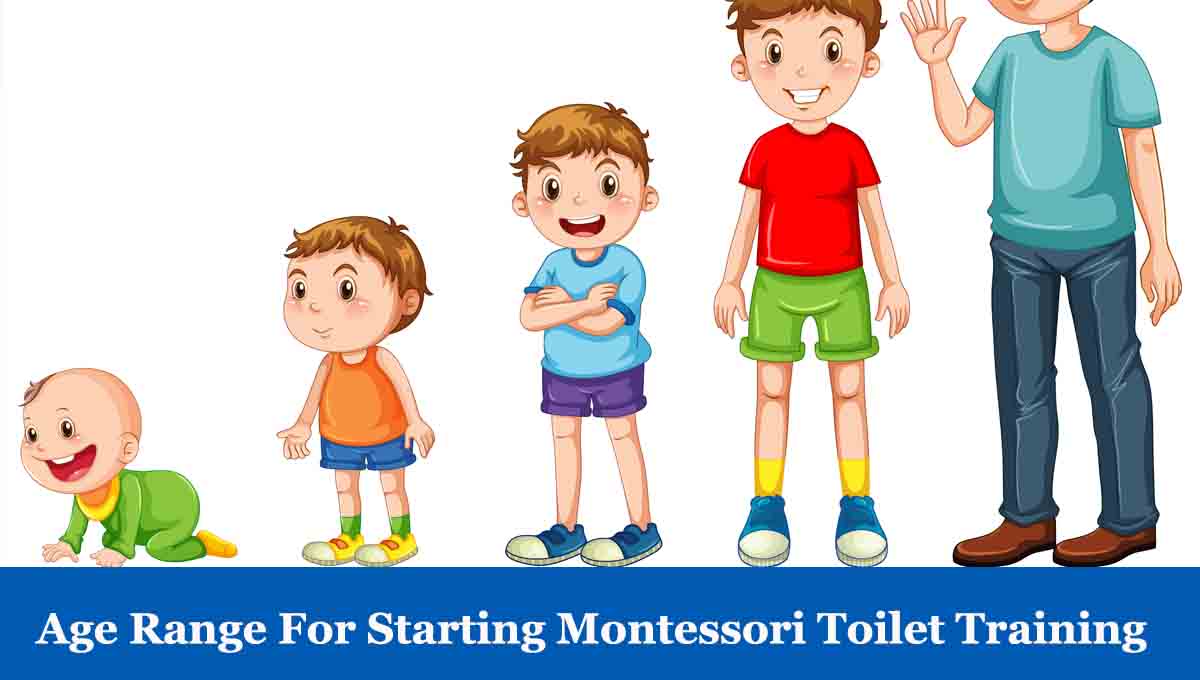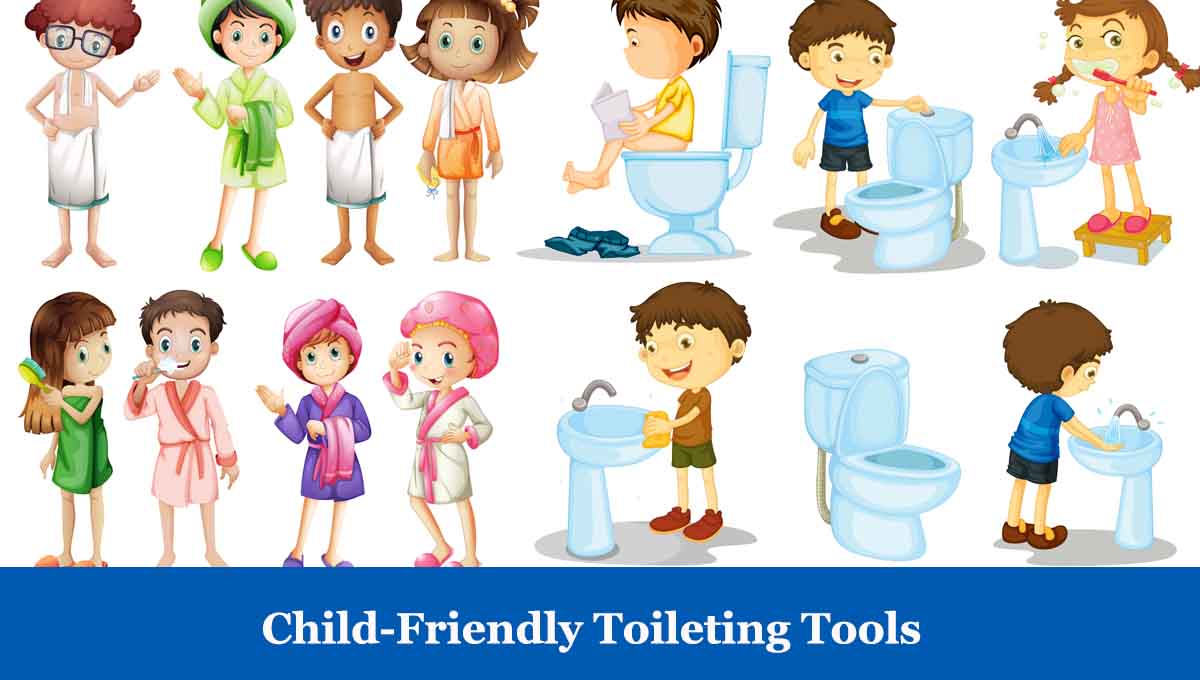Montessori Toilet Training
Montessori toilet training is an approach to teaching young children how to use the toilet independently. It follows the principles of the Montessori educational method, which focuses on promoting independence and self-confidence in children.
In Montessori toilet training, parents and caregivers observe their child to determine when they are ready to start using the toilet. They create a child-friendly bathroom environment by using small toilet seats or potties that are easy for the child to use.
Benefits of Montessori Toilet Training
Montessori toilet training offers several benefits for children.
Independence
Montessori toilet training promotes a sense of independence and self-sufficiency in children. By actively participating in the toileting process, children learn to take care of their own needs and develop a sense of autonomy.
Self-confidence
As children master the skills associated with toileting, such as undressing, using the toilet or potty, and cleaning themselves, they gain confidence in their abilities. This newfound confidence extends beyond the bathroom and positively impacts their overall self-esteem.
Body awareness and control
Montessori toilet training helps children develop a better understanding of their bodily functions and signals. By paying attention to their body’s cues, they learn to recognize when they need to use the toilet and gain better control over their bladder and bowel movements.
Communication skills
Montessori encourages open and positive communication about toileting. Children learn to express their needs, communicate discomfort or the urge to use the toilet, and discuss their experiences. This helps in building language and communication skills.
Hygiene habits
Through Montessori toilet training, children learn about proper hygiene practices, such as washing hands before and after using the toilet. They develop good habits that contribute to their overall health and well-being.
Parent-child connection
Montessori toilet training involves active involvement and support from parents or caregivers. This process strengthens the bond between the child and their caregiver, as they work together in a nurturing and respectful way.
Natural development
Montessori toilet training aligns with a child’s natural developmental readiness. By observing and respecting their individual pace, this approach avoids pushing children to toilet train before they are ready, which can help reduce stress and anxiety.
Positive association with toileting
Montessori toilet training aims to create a positive and empowering experience for children. By avoiding punishments or shaming, children develop a healthy attitude towards toileting and view it as a natural part of their daily routine.
Typical age range for starting Montessori toilet Training
There is no strict age requirement for starting Montessori toilet training, most children begin around the age of 18 months to 3 years. However, it’s important to remember that each child is unique and may show readiness for toilet training at different times.
Some Guidelines for Montessori Toilet Training
Prepare the Environment
Create a child-friendly bathroom by placing a child-sized potty chair or a toilet insert with a step stool that allows the child to comfortably reach the sink and toilet. Ensure the bathroom is safe and easily accessible for the child.
Demonstrate and Explain
Show the child how to use the potty or toilet by demonstrating the steps yourself. Use simple and clear language to explain what you are doing and why. For example, you can say, “Now it’s time to sit on the potty and try to pee or poop. It’s what grown-ups do.”
Encourage Regular Toilet Time
Establish a routine for toilet time, such as after meals, upon waking up, or before bedtime. Encourage the child to sit on the potty or toilet during these designated times, even if they don’t immediately use it.
Support Independence
Allow the child to undress and dress themselves before and after using the toilet. Provide clothing that is easy for them to manage, such as pants with an elastic waistband. Encourage them to wash their hands independently afterward.
Positive Reinforcement
Celebrate and praise the child’s efforts and successes during the toilet training process. Offer small rewards or incentives, such as stickers or a special treat, to motivate and reinforce their progress.
Patience and Understanding
Remember that toilet training is a learning process that takes time and patience. Be supportive and understanding when accidents happen, as they are a natural part of the learning journey. Avoid punishment or shaming, as it can create negative associations with toileting.
Highlight the importance of accessibility and child-friendly toileting tools
Making the bathroom environment accessible and using child-friendly toileting tools are important aspects of Montessori toilet training. Here’s why they matter:
Comfort and Safety
Child-sized toilet seats or potties are designed to fit the smaller bodies of young children. These tools offer greater comfort and a sense of security, making the toileting experience more pleasant. They also provide stability and reduce the risk of accidents or falls.
Independence and Empowerment
Child-friendly toileting tools allow children to take charge of their own toileting needs. When the environment is appropriately sized and equipped, children can independently use the toilet or potty without relying heavily on adults. This promotes a sense of empowerment and fosters independence.
Accessibility for Little Ones
Regular toilet seats can be too tall or large for young children to comfortably sit on or reach. Child-sized toilet seats or potties are specifically designed to match the height and proportions of young children. This accessibility ensures that they can use the toilet without difficulty and helps them develop the necessary coordination and balance.
Familiarity and Control
Child-friendly toileting tools provide a sense of familiarity and control to children. These tools are designed with child-friendly colors, shapes, and features, making them visually appealing and engaging. This familiarity helps children feel more at ease during the toileting process.
Personalization and Ownership
In a Montessori-inspired bathroom environment, children can have personal ownership over their toileting tools. They can choose their own child-sized toilet seat or potty, which encourages a sense of responsibility and pride in their self-care routines.
Hygiene and Cleanliness
Child-friendly toileting tools are often easy to clean and maintain. They are made with materials that can be easily wiped down or sanitized, ensuring good hygiene practices in the bathroom. Clean and well-maintained tools promote a healthy and hygienic toileting experience for children.
By ensuring accessibility and using child-friendly toileting tools, Montessori toilet training creates a comfortable and child-centered environment. This environment supports children’s independence, fosters a positive attitude towards toileting, and enhances their overall toileting experience. Overall, Montessori toilet training offers numerous benefits, including independence, self-confidence, body awareness, communication skills, hygiene habits, and a positive attitude towards toileting. It supports children’s overall development and fosters a sense of self-care and empowerment.



